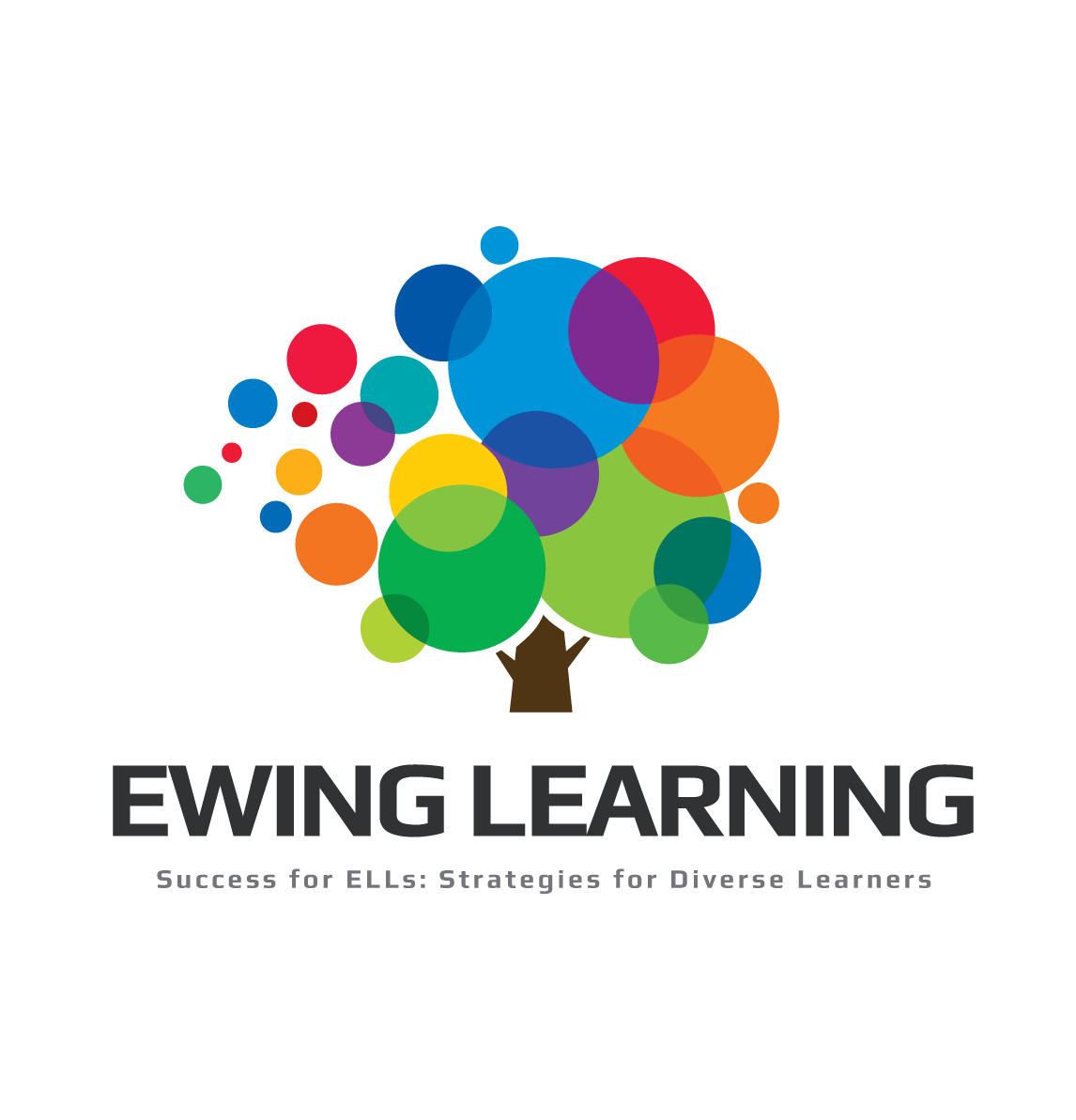Tool #3: Teaching Language
Not only do we need to boost ELs’ math mindsets and provide them access, we also need to develop their language Yes, in math class. How can we do this when we have so much content to cover?

Taken from my children’s book “Juan Jose, You Are Especial!”
There are many ways to develop ELs’ language, but let’s start with common practices that are generally not effective:
- Teachers talking too much. If ELs do not get chances to speak and listen to their peers, they will not develop their language.
- Calling on students to share in whole group conversations randomly using Popsicle sticks. This can raise ELs and other students’ anxiety.
- Ignoring students by asking volunteers to share. When the teacher asks for volunteers, ELs may need more time to translate and not raise their hands.
Instead of having whole group discussions that can be intimidating, it is much better to have students turn and talk and work in small groups.
As students are sharing, teachers can listen to ELs share. Then they can validate their thoughts and say something like, “Juan Jose, your peers would benefit from hearing your ideas. We are going to have a discussion now, would you like to share to the class?” Then the students can decide if they want to share or not. Maybe the students will decide they want to share with a friend. The teacher can also revoice the ELs’ ideas. For example, “Juan Jose says that ½ is bigger than ¼. Discuss Juan Jose’s idea.”
These are the steps mentioned above for developing language:
- Ask students to turn and talk or work in small groups.
- Listen and validate ELs’ answers.
- Tell them the class would appreciate hearing from them.
- Invite in private to share to the whole class.
- If the student does not want to share to the whole class, the teacher can revoice his/her idea.
